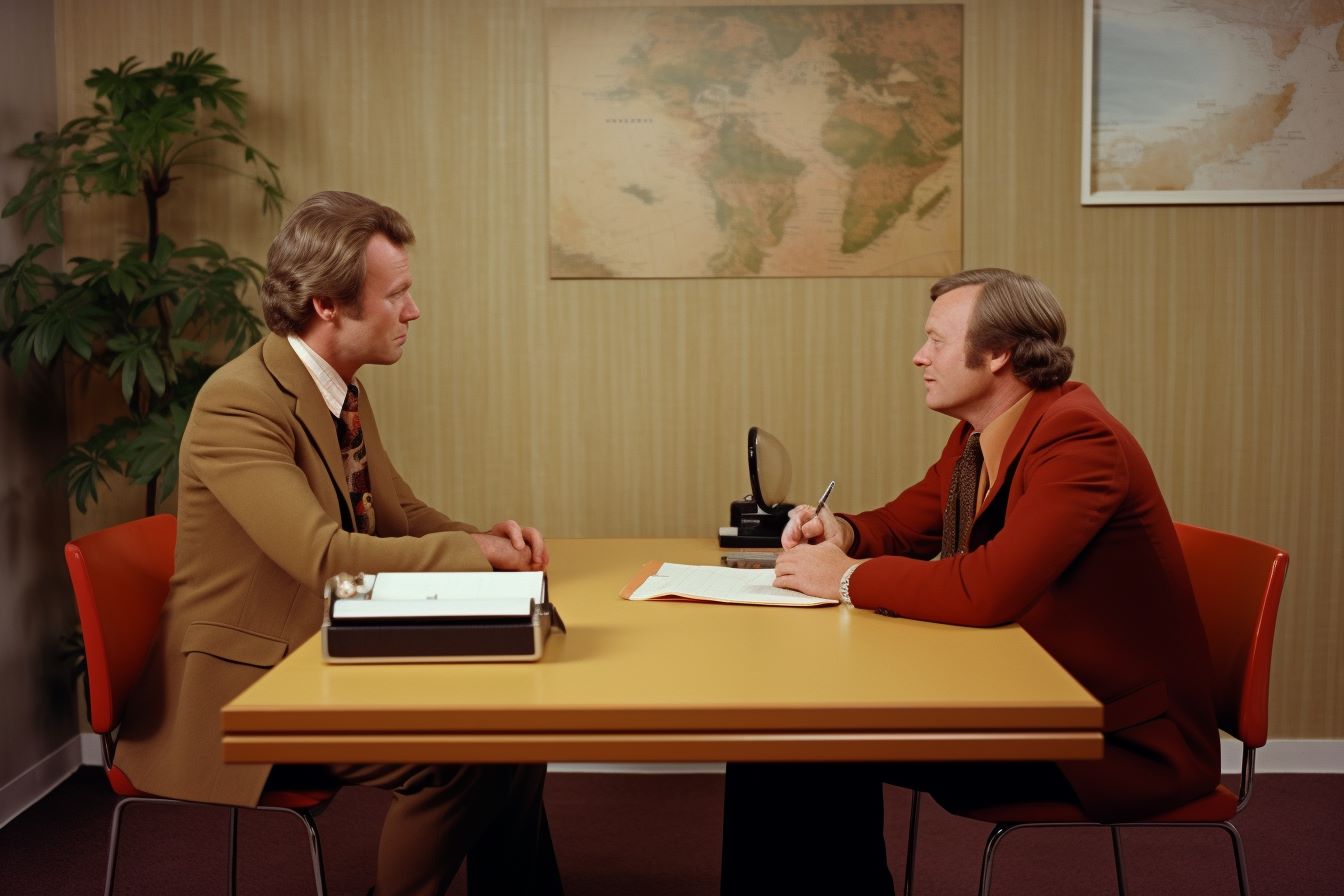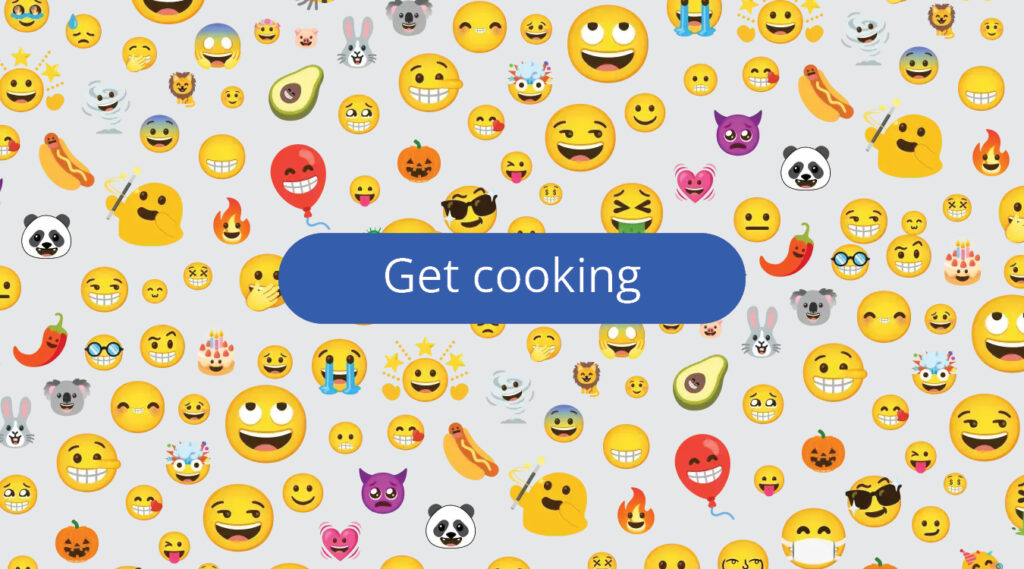
Table of contents
Est. reading time
Every word and phrase carries its own weight, influencing how our messages are received. Two seemingly similar phrases, “Yes, but” and “Yes, and,” can lead to vastly different outcomes in a conversation. Let’s delve into why the choice between these two can shape the dynamics of your interactions.
The Limitations of “Yes, But”
Imagine you’re in a conversation, and someone offers you a compliment or an opportunity. How you respond matters. If you reply with “Yes, but,” you’re essentially putting up a roadblock. It’s like saying, “I acknowledge what you said, but I have reservations or objections.” This can create a sense of defensiveness and limit the possibilities of a conversation.
“Yes, And”: Expanding Horizons
On the other hand, when you reply with “Yes, and,” you’re embracing the opportunity to build upon what’s been presented. It’s a phrase that fosters collaboration and open-mindedness. Rather than shutting down the conversation, you’re saying, “I accept your input, and I’m eager to contribute more to this conversation.”
An Example in Practice
Let’s look at an example to illustrate the difference:
Job interviewer: “Your salary expectations are higher than our other applicants.”
Job applicant: “Yes, but I work really hard and have a solid work ethic.”
In this scenario, the job applicant responds with “Yes, but,” which may sound defensive and could potentially stifle further discussion.
Now, consider this alternative:
Job interviewer: “Your salary expectations are higher than our other applicants.”
Job applicant: “Yes, and this is because of my solid will to work hard and level of expertise.”
The job applicant’s “Yes, and” response acknowledges the statement and expands on it, highlighting not only their hard work but also their experience. This fosters a more positive and constructive conversation.
Embracing “Yes, And” in Communication
In both personal and professional interactions, “Yes, and” can be a powerful tool. It opens doors to creativity, collaboration, and solution-oriented thinking. Instead of dwelling on limitations or objections, it encourages you to build upon ideas and create a more positive and open atmosphere.
So, the next time you’re engaged in a conversation or presented with an opportunity, consider the impact of your response. Will you choose the limiting “Yes, but,” or will you embrace the expansive “Yes, and”? Your choice can make all the difference in fostering constructive and productive dialogues.
This could be your secret weapon for building bridges and forming meaningful connections. 🔗🙌

